LG G5 vs LG G4: Which OLED TV should you buy?
Both are incredible TVs — but one is much cheaper
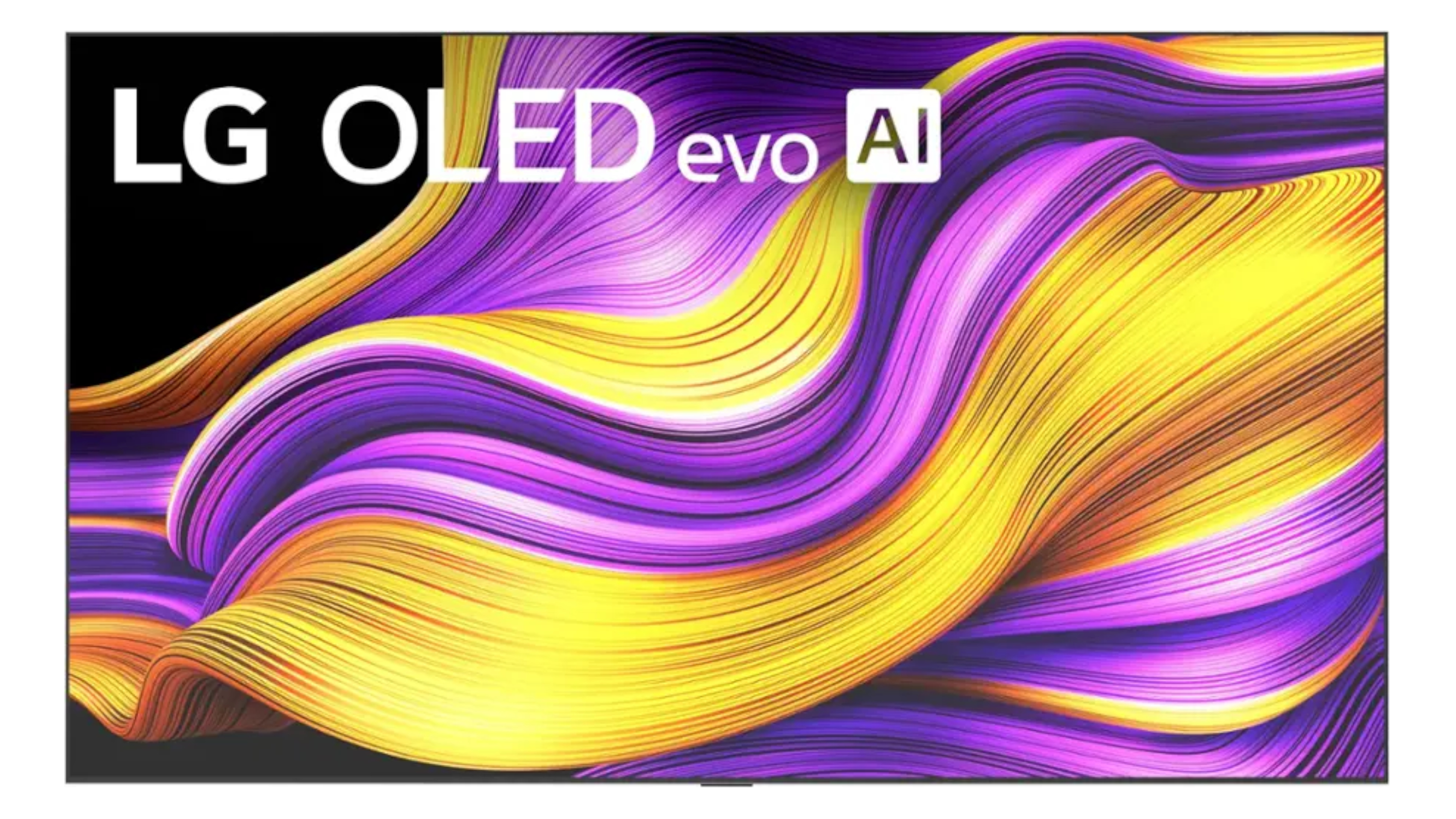
The G5 is LG's flagship OLED in 2025. It delivers an incredible picture with some of the brightest highlights you'll find on an OLED TV. It also comes packed with features. As one of the brand's newest TVs, you're unlikely to find substantial discounts on the G5.
Pros
- Nearly unparalleled brightness for an OLED
- Gorgeous color
- Terrific gaming features
Cons
- A little pricey for what you get
- No ATSC 3.0 tuner
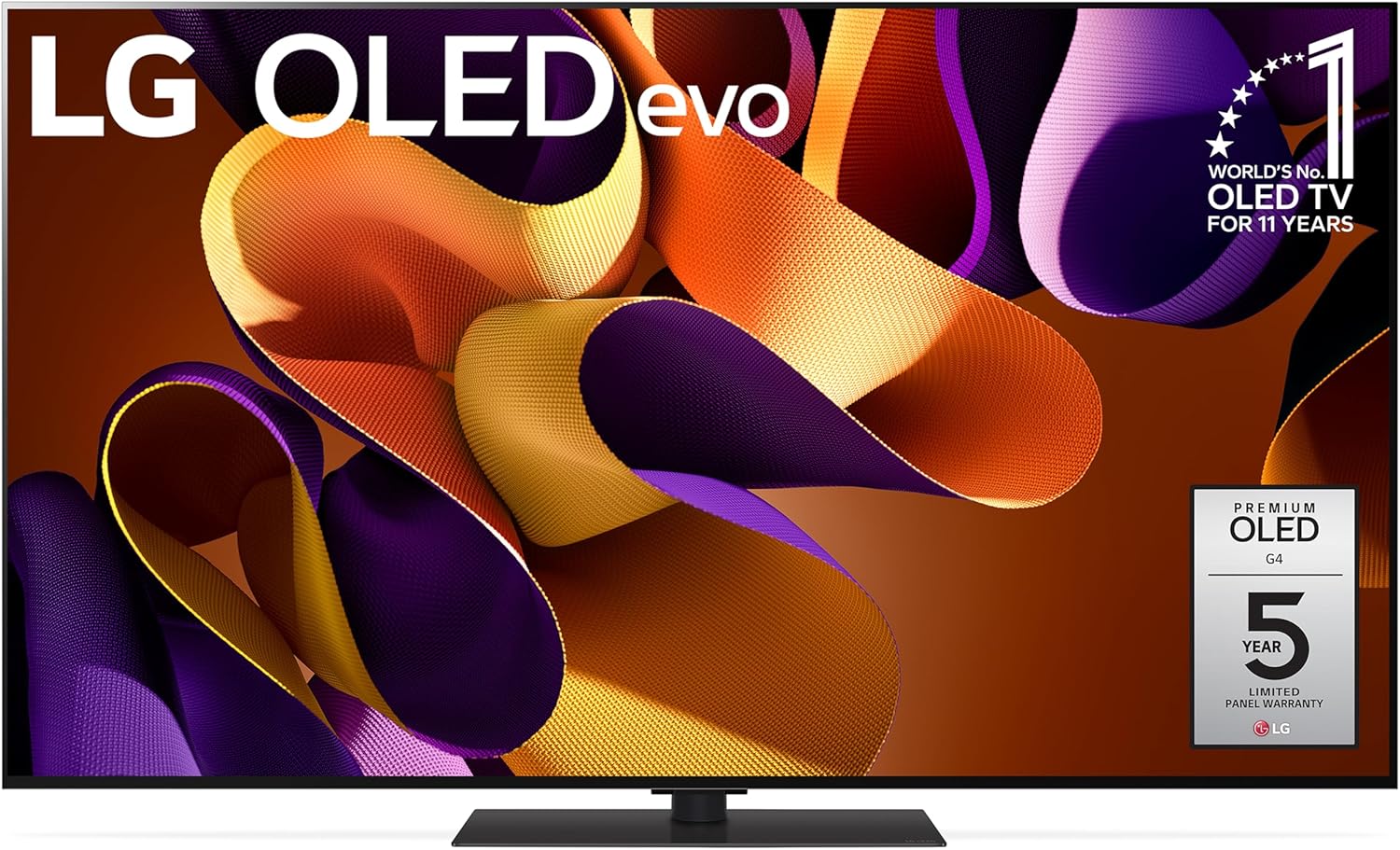
The G4 is LG's flagship OLED from 2024. It's one of the best OLED TVs we've ever seen, delivering higher brightness and better picture processing than all but a few OLED TVs on the market. Due to its 2024 debut, it can be purchased at a steep discount.
Pros
- Outstanding picture quality
- Strong gaming features
- Four HDMI 2.1 ports
Cons
- Average sound
- No ATSC 3.0 tuner, HDR10+ support
When new TVs debut, old TVs drop in price. That’s the dynamic playing right now with the LG G5 and the LG G4, the brand’s flagship OLED TVs from 2024 and 2025.
Being top-tier models, these are both among the best OLED TVs you can buy right now. That said, there are some pretty significant differences between the two, and depending on your budget and viewing habits, one might be a better fit than the other.
I’ve spent years testing and reviewing everything from ultra-affordable sets to the best TVs on the market, and I’m intimately familiar with both the G5 and the G4. Let me help you get to the bottom of it.
LG G5 vs LG G4: Specs compared
| Header Cell - Column 0 | LG G5 | LG G4 |
|---|---|---|
Sizes | 55", 65", 77", 83", 97" | 55", 65", 77", 83", 97" |
Ports | 4x HDMI 2.1 | 4x HDMI 2.1 |
Resolution | 3,840 x 2,160p | 3,840 x 2,160p |
Refresh rate | 165Hz | 144Hz |
HDR | Dolby Vision, HDR10, HLG | Dolby Vision, HDR10, HLG |
Smart TV software | webOS | webOS |
ATSC 3.0 support? | No | No |
Processor | a11 AI Processor 4K Gen2 | a11 AI Processor 4K |
It shouldn't come as a surprise that these flagship OLEDs have a lot in common. Each TV offers a full suite of high-bandwidth, HDMI 2.1-compatible ports and both TVs are available in 55-, 65-, 77- and 83-inch models. (There's also a larger-than-life 97-inch version of both, if you really want to change your life.)
Dolby Vision support is standard on both of these TVs, which ought to satisfy A/V enthusiasts who want to make use of the most popular enhanced HDR format in the game. HDR10+ is not here, but the format isn't as prolific as Dolby Vision, and HDR10+ content will fall back to standard HDR.
One key difference to note is that the G5 features a higher native refresh rate. This upgrade will only matter for PC gamers, though, since consoles currently top out at 4K/120Hz.
LG G5 vs LG G4: Design
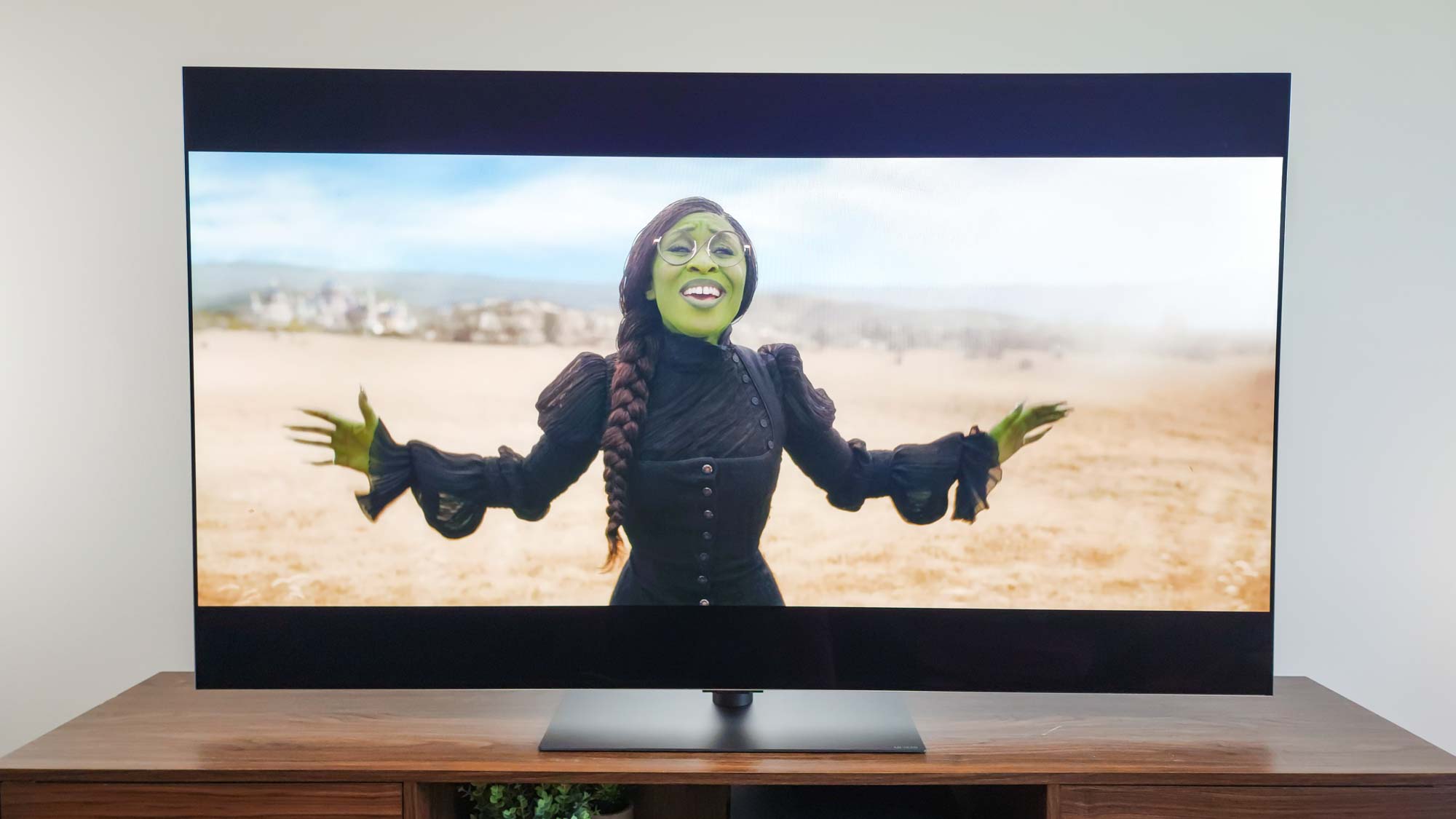
Last year, LG included a stand with 55- and 65-inch versions of its G4 OLED (seen above). For the larger sizes in the series, this stand was sold separately, as LG assumes that folks shopping for the G4 at this size points is likely planning on taking advantage of the TV's gap-free, wall-mounted design.
The all-new G5 doesn't come with a stand at any size point. You can see the separately sold stand in the picture above — it's quite similar to the one attached to the G4 (seen below). Keep this in mind if you don't intend on wall-mounting your next TV.
Get instant access to breaking news, the hottest reviews, great deals and helpful tips.
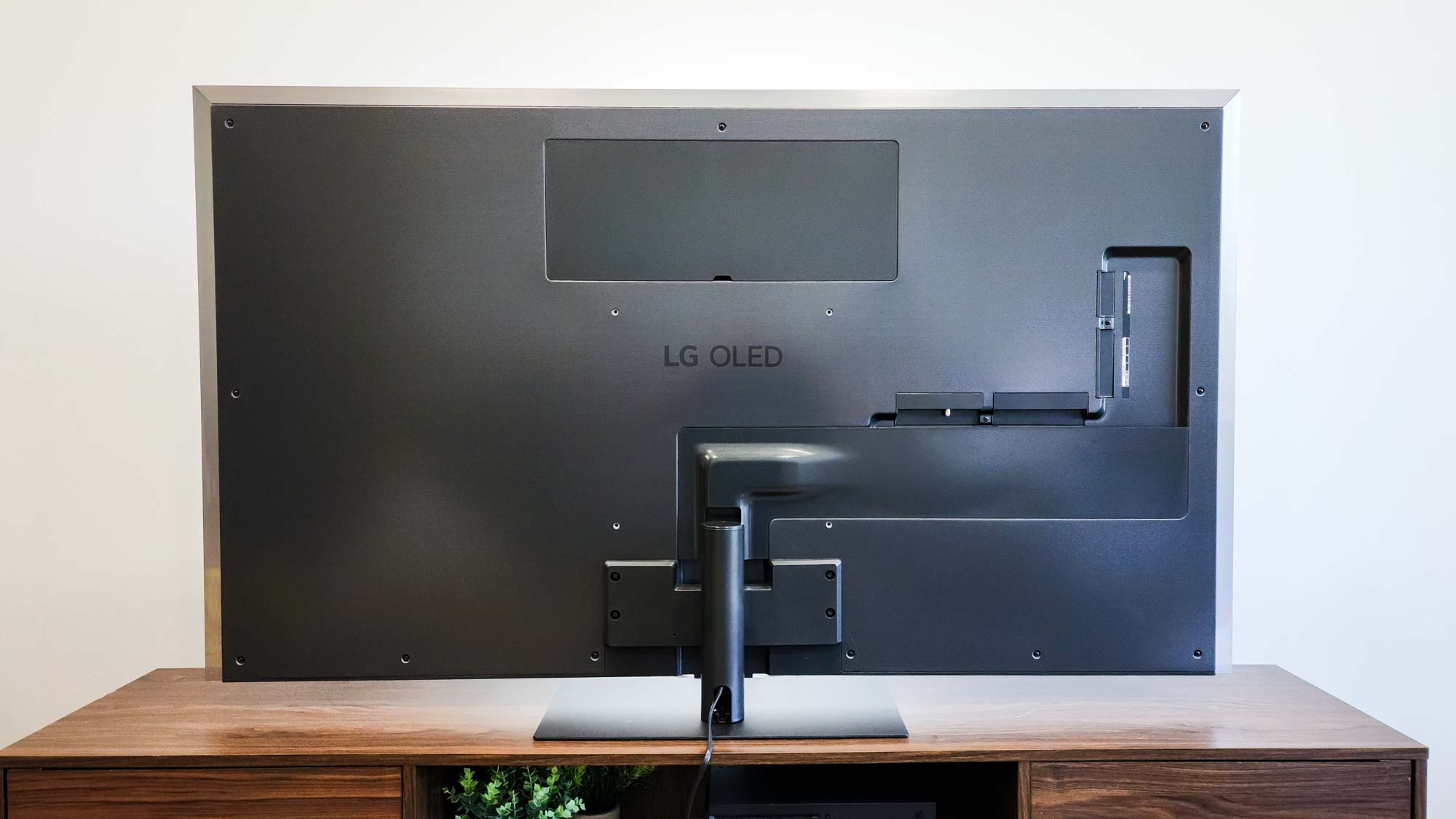
The G4 ships with an older version of LG's Magic Remote. The G5, on the other hand, arrives with a new, slimmed-down remote with a different set of buttons. Both offer the motion-activated controls that LG TV remotes are known for, but the newer version doesn't feature an input button.
There just isn't enough of a difference between these two models to settle on a better-designed candidate. Their build quality is top-notch, and they're especially impressive to see in their wall-mounted configuration, due to their flush design.
Winner: Draw
LG G5 vs LG G4: Performance
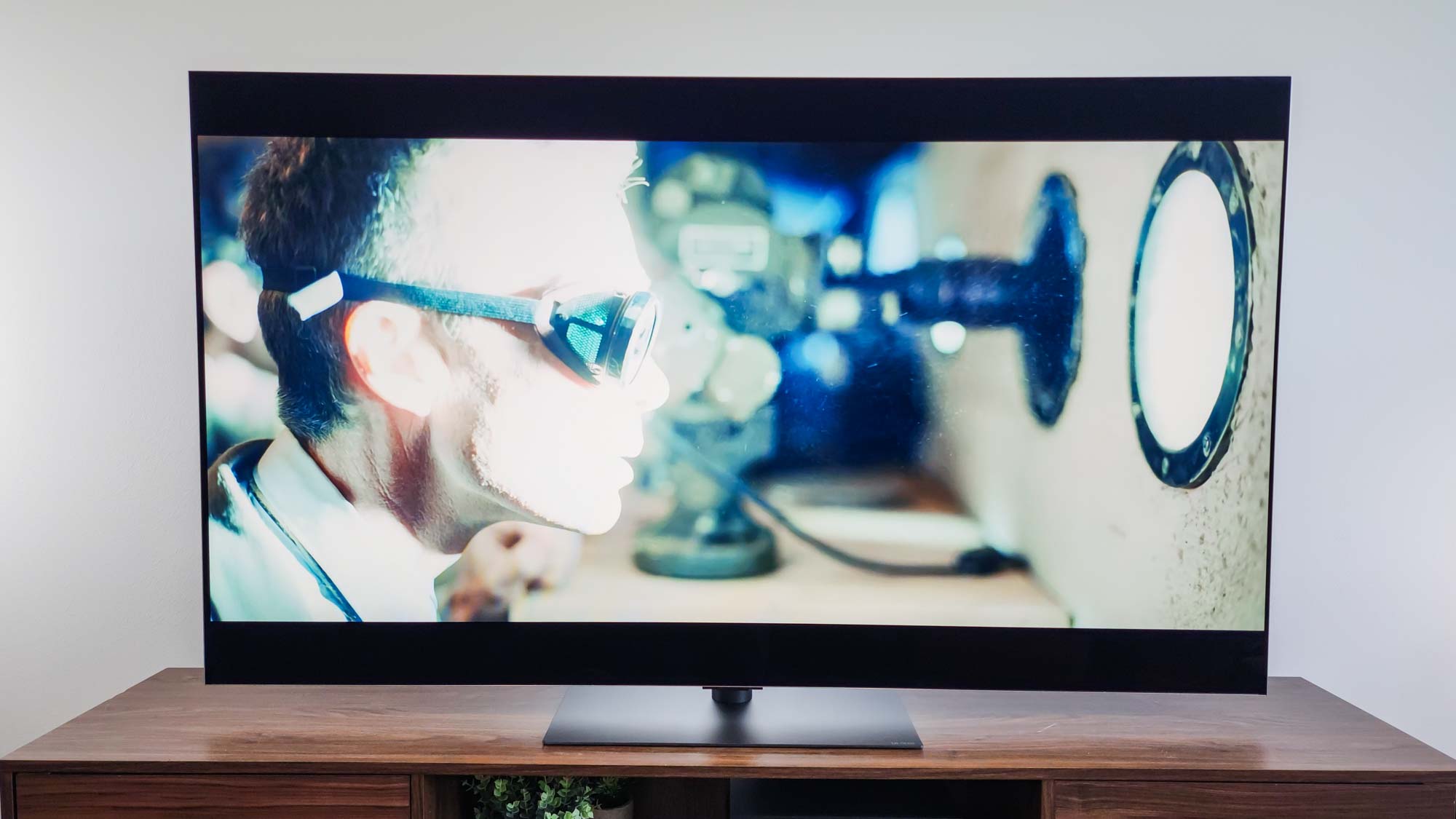
Before we dive into which of these TVs packs a prettier picture, let's take a look at how their test results stack up.
| Header Cell - Column 0 | LG G5 | LG G4 |
|---|---|---|
SDR Brightness (10%, in nits) | 465 | 358 |
Delta-E (lower is better) | 1.9 | 1.4 |
HDR Brightness (10%, in nits) | 2,296 | 1,487 |
UHDA-P3 Gamut Coverage | 99.79% | 97.17% |
Rec. 2020 Gamut Coverage | 82.42% | 72.91% |
Input latency (milliseconds) | 9.2 | 9.2 |
The first thing that ought to jump out at you here is the gap in HDR brightness.
While both OLEDs offer sizzling HDR highlights, the G5 (and its 4th-generation OLED panel from LG Display) is one of the brightest OLEDs we've ever tested. When paired with the perfect black levels OLED displays are known for, this creates a sense of depth that really needs to be seen to be believed.
Make no mistake: Both of these TVs look incredible thanks in part to their tremendous HDR highlight brightness, but the G5 is even more striking.
The G5 also offers higher SDR brightness, and this includes full-screen brightness. This makes it a slightly better pick for those that do most of their viewing during the day.
Color volume is another area of performance where the G5 has seen improvements year over year. In a side-by-side comparison, this will be less noticeable than the brightness discrepancy. Nevertheless, the G5's 82% coverage of the Rec. 2020 color gamut is an impressive feat for an OLED TV that isn't rocking quantum dots.
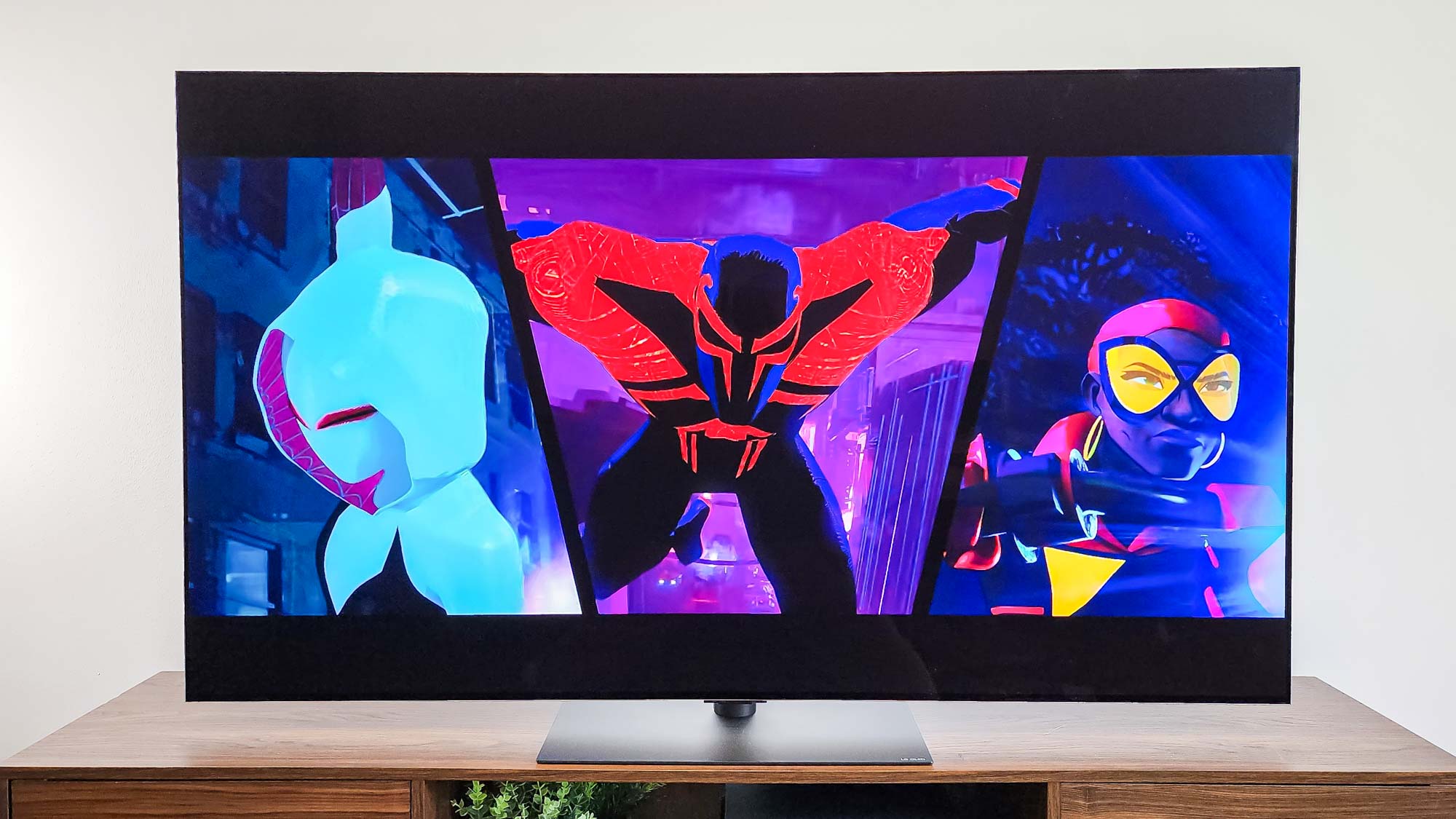
The G5's improved performance is the main reason to buy it over the G4.
In almost every other way, these TVs are equally as impressive. Both sport incredible out-of-the-box accuracy in LG's Filmmaker mode, and both deliver sensational input latency for silky-smooth gaming.
At the risk of spoiling the rest of this face-off, I'll be perfectly honest: The G5's improved performance is the main reason to buy it over the G4.
It's better brightness and bolder colors put it in a comfortable lead over its predecessor.
Winner: LG G5
LG G5 vs LG G4: Smart platform and features
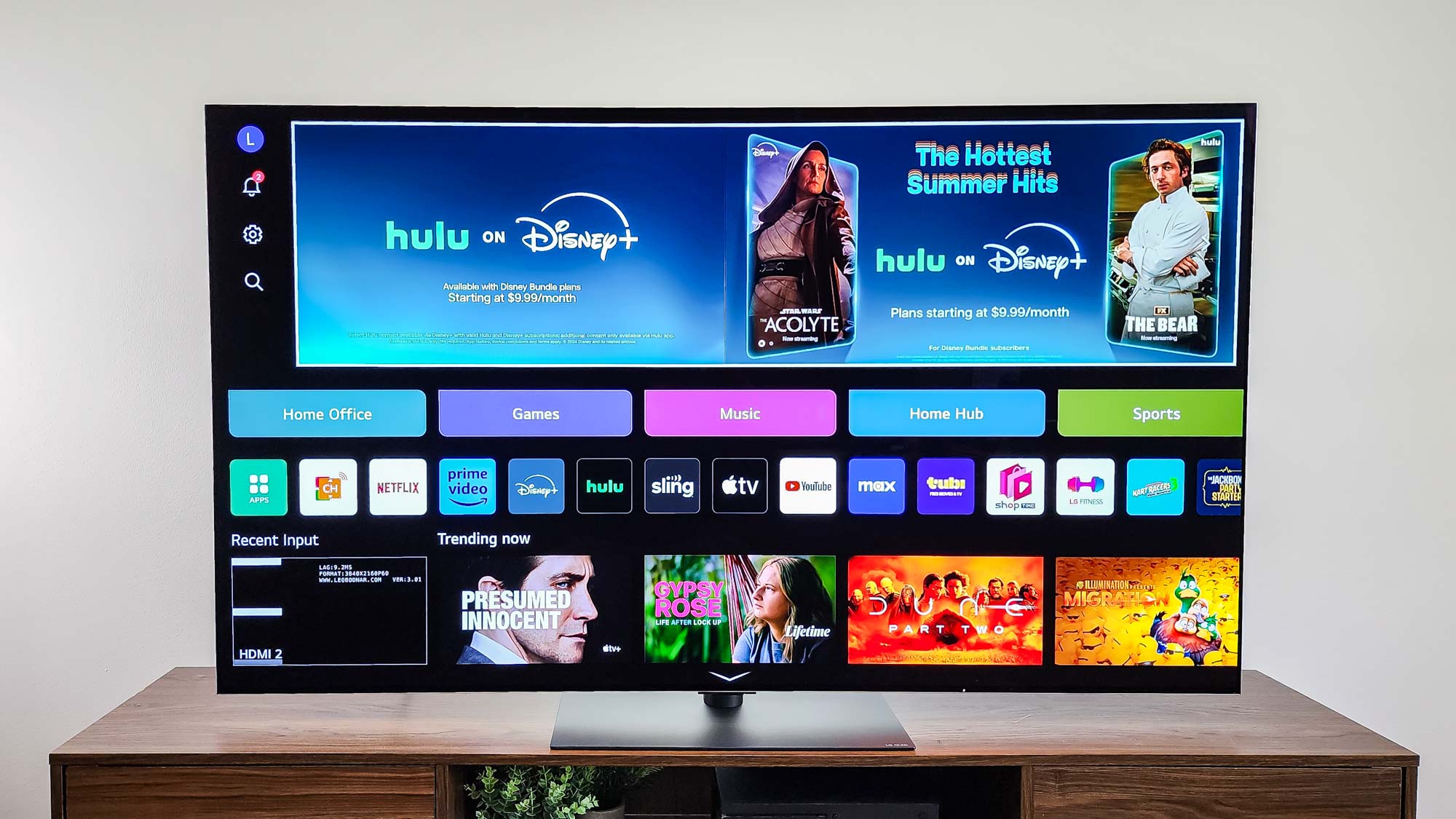
The G4's home screen is pictured above. For reference, the G5 looks nearly identical, and functions the same, too.
The G5 is running a newer version of LG's built-in smart platform, webOS, but the G4 will eventually receive an update that freshens up the software experience. That said, there's no guarantee that all of the G5's webOS features will eventually make their way to the G4, and this is especially true of the G5's AI-based features.
These features are intended to streamline how users discover new content and maintain viewing preferences across user profiles. There's also an AI Chatbot intended to help folks navigate the LG experience and choose what to watch.
Your mileage may vary, but I don't think it's a deal-breaker for the G4 to be missing this sort of functionality.
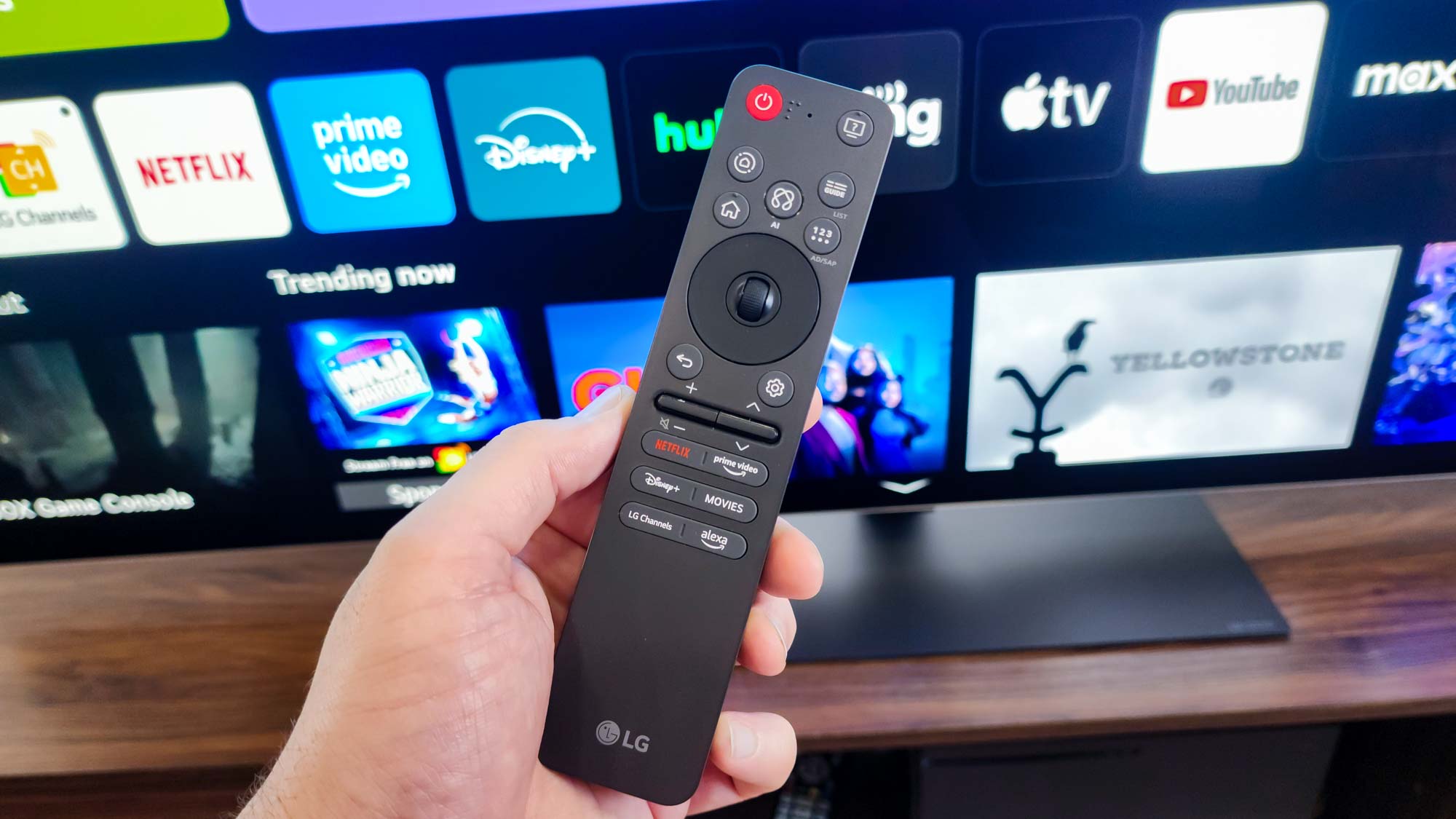
The G5 arrives with a new, slimmed-down remote control.
On the gaming side of things, these TVs are nearly identical, too. As mentioned, each offers HDMI 2.1-compatibility across all four inputs, so 4K gaming at 120Hz is possible regardless of which input you're connected to.
Each TV also comes with Variable Refresh Rate (VRR), Auto Low Latency Mode (ALLM), AMD FreeSync Premium and G-Sync compatibility for smooth gameplay.
As mentioned, the G5 supports 4K gaming at 165Hz, for anyone feeling bold enough to hook it up to a gaming rig. The G4 is capped at 144Hz in 4K.
I don't find the G5's handful of additional features to be significant enough to earn it a win in this category, but based on your needs, you might disagree. For me, this one's a draw.
Winner: Draw
LG G5 vs LG G4: Outlook
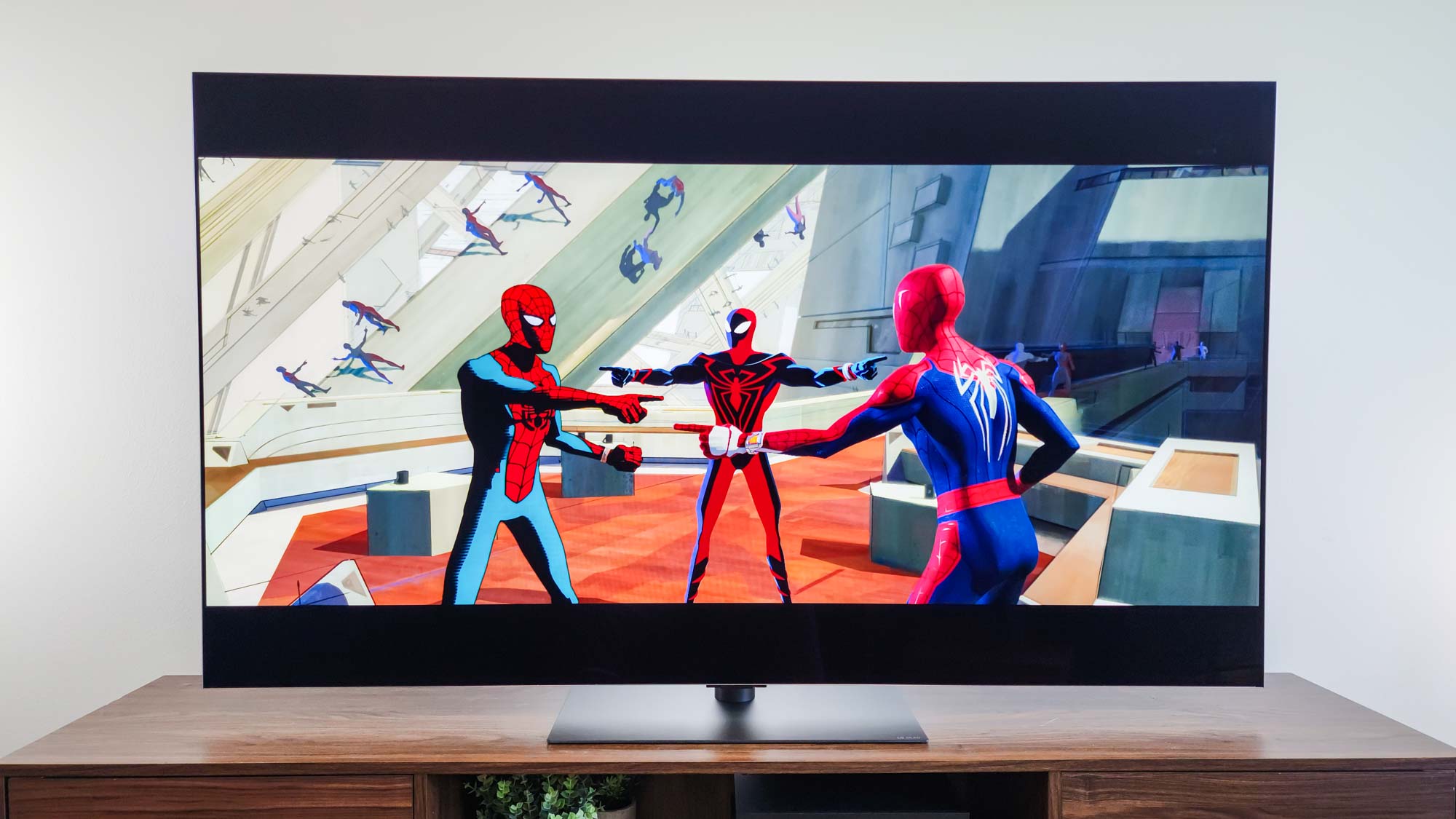
| Header Cell - Column 0 | LG G5 | LG G4 |
|---|---|---|
Specs (25) | 24 | 24 |
Design (25) | 21 | 21 |
Performance (25) | 25 | 24 |
Features (25) | 25 | 24 |
Total Score (100) | 95 | 93 |
The LG G5 is a better-performing TV than the year-old G4, but the latter is still one of the best TVs on the planet. Both sets offer the incredible contrast and perfect black levels that OLEDs are known for, but the G5's HDR highlights are a step above the G4's.
Getting better brightness and overall color volume should be the primary reason you spend more on the G5 instead of saving on the G4. Right now, the 55-inch LG G4 is $1,696 at Amazon, while the 55-inch LG G5 is available for $2,299.
Similarly, the 65-inch LG G4 OLED is $2,399 on Best Buy, compared to a whopping $2,996 for the 65-inch LG G5 on Amazon. Is that $600 jump worth it for you?
For my money, I would go with the discounted LG G4. Yes, it would be quite awe-inspiring to own a brand-new G5 with a punchier picture, but I can't stress enough just how good the G4 still looks just a year after its debut.
(Plus, I could always put the money I save towards a new soundbar.)
More from Tom's Guide

Michael Desjardin is a Senior Editor for TVs at Tom's Guide. He's been testing and tinkering with TVs professionally for over a decade, previously for Reviewed and USA Today. Michael graduated from Emerson College where he studied media production and screenwriting. He loves cooking, zoning out to ambient music, and getting way too invested in the Red Sox. He considers himself living proof that TV doesn't necessarily rot your brain.
You must confirm your public display name before commenting
Please logout and then login again, you will then be prompted to enter your display name.
